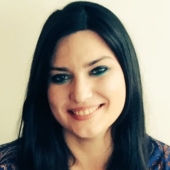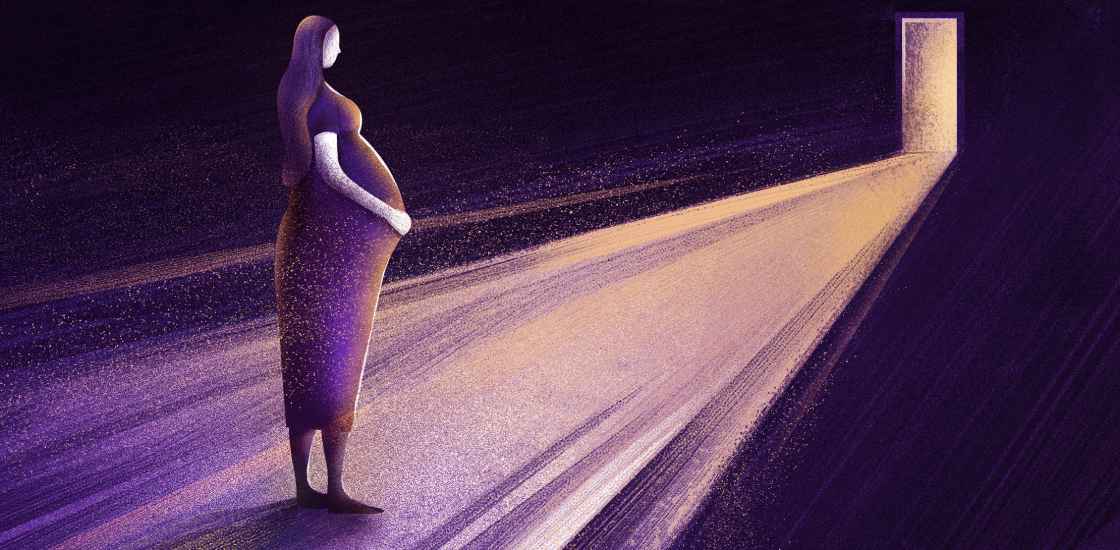THIS ARTICLE IS MORE THAN FIVE YEARS OLD
This article is more than five years old. Autism research — and science in general — is constantly evolving, so older articles may contain information or theories that have been reevaluated since their original publication date.


One day during a lab meeting last year, we were discussing the dearth of research involving pregnant women with autism.
This seemed strange since this group of women represents a valuable scientific opportunity: Not only are these women likely to pass on genes that may play a role in autism, but like all pregnant women, they expose their babies to environmental factors in the womb that could contribute to autism.
What proportion of these women, we wondered, would end up having a child with autism?
We know that younger siblings of children with autism are 20 times as likely to have autism as children without a family history of the condition. Would children of mothers with autism be even more likely to have autism because they share both their genes and their prenatal environment with someone on the spectrum?
Researching pregnant women with autism can also reveal ways in which autism affects how mothers experience pregnancy and parenting. Perhaps autism gives mothers certain advantages, or poses unique challenges.
Previous research from our group shows that mothers with autism often feel isolated, unsupported and judged negatively. For example, teachers or social workers may interpret a child’s challenging behavior as resulting from poor parenting, leaving the mother vulnerable to unreasonable scrutiny from child welfare services.
By following women with autism through pregnancy and in the early postpartum years, we can explore what factors shape the likelihood of autism in their children. We can also find ways to better support these women and their babies. To this end, in January 2017 we began a series of studies focusing on pregnant women and mothers with autism.
Early view:
We plan to recruit 20 pregnant women with autism from the United Kingdom or Europe. We will pay for them to come to Cambridge, U.K., to undergo functional and structural magnetic resonance imaging (MRI) in the third trimester of their pregnancy. This allows us to visualize the baby’s brain before birth. We also plan to study 20 pregnant women without autism as controls.
This study may seem small. But when you consider that fewer women than men have autism, and we need women who are pregnant and able to travel, 20 is a realistic number, and it is adequate to make statistical comparisons.
So far, we’ve recruited 17 women and have conducted fetal brain scans on 9 of them (4 of whom have also completed the 2-to-3-month follow-up). We expect to have data on all 40 women by late 2018.
We look at the structure of each baby’s brain, including the size of different brain regions, such as the amygdala, which is involved in emotion. And we examine ‘connectivity’ by identifying brain regions that become active simultaneously. We also use three-dimensional ultrasound to measure overall fetal growth.
We invite the women back after they give birth, when their babies are 2 to 3 months old. We perform a second brain scan, which allows us to measure brain growth since the initial scan. At a third visit, when the baby is 6 months old, we watch the mother and baby play and measure the baby’s tendency to gaze toward objects compared with people.
We also get in touch with the women at 18 and 24 months after birth. At 18 months, the woman completes questionnaires by mail or email about her child’s behavior. At 24 months, she and her child return to Cambridge for an in-person interview and autism assessment.
This study is designed to establish whether women with autism are more likely than average to have children on the spectrum. But the larger goal is to try to predict which babies have autism based on brain and behavioral measures.
The aim is not to use fetal brain imaging to screen for autism, as this is unlikely to be practical. Rather, we plan to use fetal imaging to identify early brain differences associated with the condition, to deepen our understanding of how autism develops in the womb, and to spark new avenues for research.
Assessing experiences:
At each pre- and postnatal check-in, we ask the women about their well-being and how they feel they could be better supported. We are also using focus groups and an online survey to see how women with autism navigate pregnancy, childbirth and parenthood.
Autism can pose challenges when there is a pressure to socialize or to adjust to changing circumstances. Our study is designed to reveal what support mothers with autism need to meet those challenges.
Having autism could also provide a parenting advantage. For instance, a mother’s need for predictability and routine may help her child feel emotionally secure and prepared for the events of the day. Women with autism who have a child on the spectrum also may be better placed to understand their children’s experiences.
If these parenting pluses prove to be real, this knowledge would help shift the perception of mothers on spectrum from simply having a disability to, in certain respects, being excellent caregivers.
By consulting in focus groups with mothers who have autism, we are working together to develop measures that sensitively assess the experience of parenting with autism. And by documenting the areas in which mothers with autism thrive, as well as areas in which they would benefit from more support, we will be able to design services tailored to their needs.
Ultimately, these studies may identify ways for clinicians to better support women with autism and their children, and for scientists to track the development of autism from before birth.
Simon Baron-Cohen is director of the Autism Research Centre in Cambridge. Sarah Hampton is a graduate student in his lab.

By joining the discussion, you agree to our privacy policy.